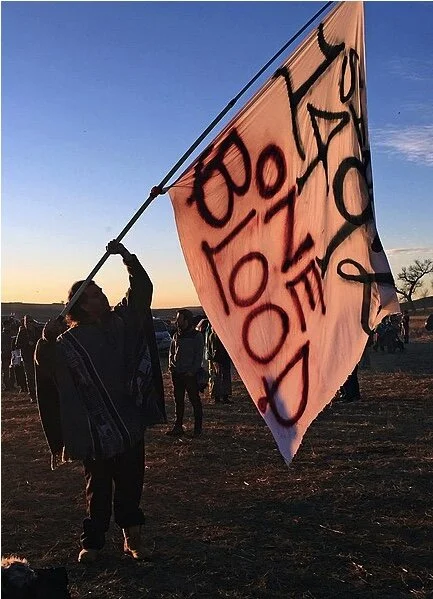The COVID-19 pandemic has increased the dangers that threaten the Amazon rainforest
The Amazon rainforest during “fire season.” diversityphotos. CC BY-NC-ND 2.0
There are a multitude of dangers ranging from climate change to human destruction that threaten the fragility of the Amazon rainforest. The destruction of the Amazon is largely attributed to consumerism and the extraction of natural resources. Without the existence of the Amazon, the world loses a crucial contender in the fight against climate change along with the likely deaths of many Indignenous people and already endangered species.
Reports from Brazil’s National Institute for Space Research recorded 2,248 fires last month, a 13-year high and a 20% increase over the norm. Last year around this time, there were about 1,880 fires. However, the worst is likely yet to come as burnings in the Amazon tend to increase until September, the end of “fire season.”
In 2019, the greatest destruction of the fires correlated with the peak of fire season. The increase in the number of fires was likely fueled by President Jair Bolsonaro’s decision to decrease the fines for environmental violations. It gave more leeway for commercial groups and loggers to disregard regulations that help preserve the Amazon. Bolsonaro has been nicknamed “Captain Chainsaw” for his policies that prioritize development over conservation. In an interview, Bolsonaro stated that “the Amazon belongs to Brazil,” so it can do as it wishes with it. As a result, it was estimated last year that every minute, a portion of the Amazon equal to the size of a soccer field was lost due to deforestation.
The process of deforestation results from loggers trying to clear land as quickly as possible. That includes the use of chainsaws to cut down lumber for manufacturing and development. Then, farmers burn the downed trees that remain to make room for crops and pastures. Fire season, then,is the mark of when farmers begin to set these fires. It is important to acknowledge this is not a new practice, but an unending cycle of extracting from the land without replenishing it.
Another sign of deforestation in the Amazon. rosamariavidal. CC BY-NC-ND 2.0
A similar phenomenon is occurring this year due to the lack of authority in the Amazon. Just as with last year, many of the fires started so far have been due to illegal loggers. For instance, in the first four months of 2020, deforestation rose by 55% due to a lack of governmental enforcement as Brazil’s attention focused on combating COVID-19.
The spread of COVID-19 also caused many activists and field agents to pull out of the region. As a consequence of the lack of protection by field agents and thin numbers of police, loggers and miners have been able to overtake the Amazon. To show the magnitude of this problem, April’s extent of deforestation was 64% higher than that in April 2019.
Due to international outcry last year over the fires, President Bolsonaro was forced to deploy enforcement to help monitor the fires and enforce regulations. Most new enforcement agents were unable to be deployed for this year’s fire season, though, due to COVID-19. And to make matters worse, the authority of troops currently in the Amazon expired on June 10, so there is currently no one monitoring fire conditions.
Eva Ashbaugh
is a Political Science and Gender, Sexuality, and Women's Studies double major at the University of Pittsburgh. As a political science major concentrating on International Relations, she is passionate about human rights, foreign policy, and fighting for equality. She hopes to one day travel and help educate people to make the world a better place.






































